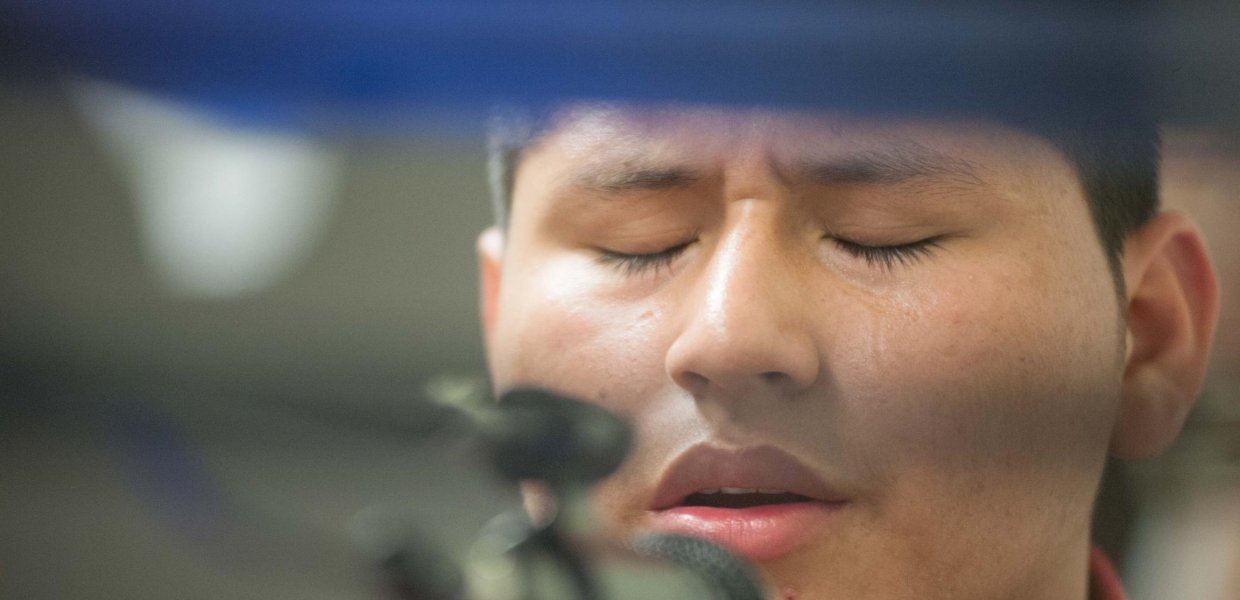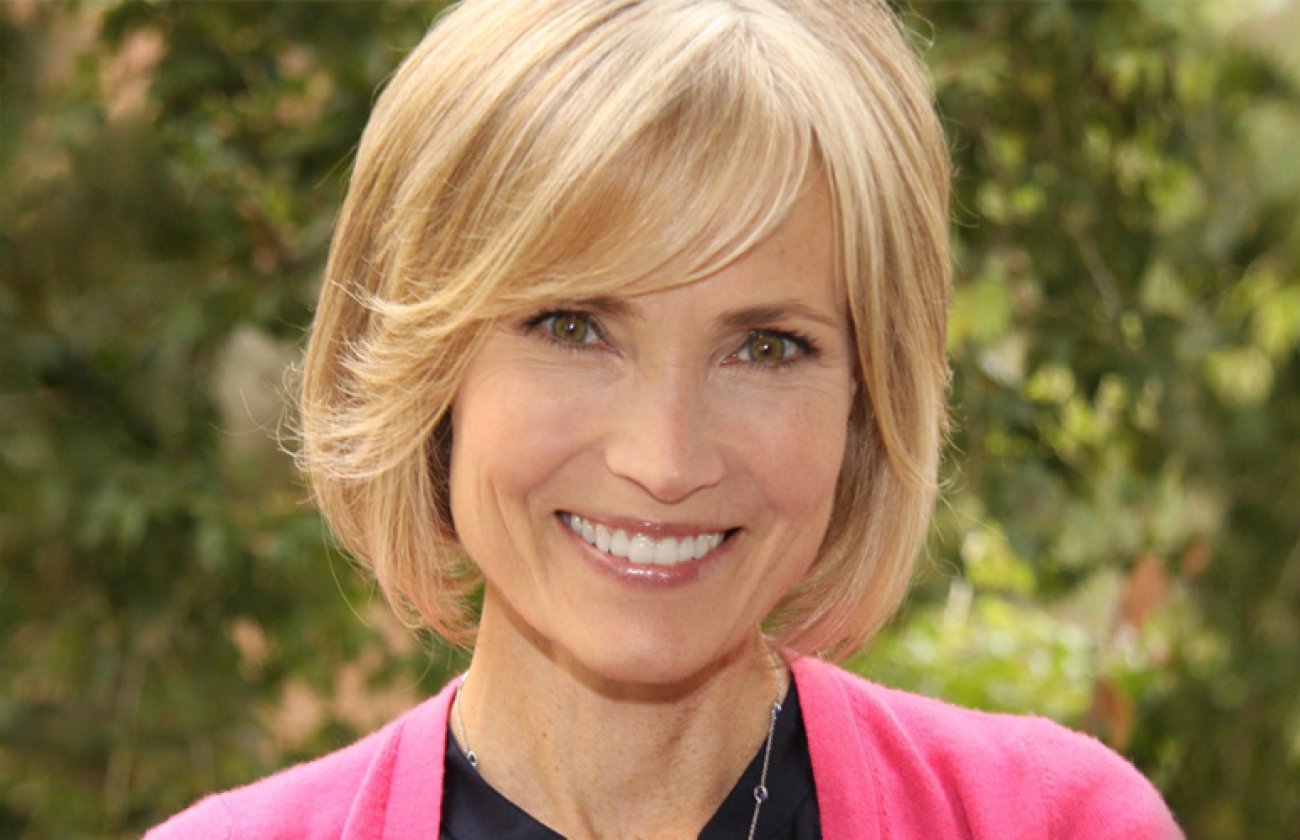One year after a record-setting wave of young, unaccompanied minors surged from Central America into the United States, a new multimedia project by USC Annenberg student reporters reveals the economic, political and social ramifications of the influx.
“Far From Home” is a deep-dive series of stories told in text, video, audio, photos and infographics and will publish on GlobalPost and Fusion through late May. The work by 14 undergraduate and graduate journalism students was led by professors Sandy Tolan and Marc Cooper, with the help of GlobalPost contributing editor Kevin Douglas Grant and Hillary Frey, executive editor of Fusion.
“We are tremendously proud of the in-depth work our students did, delving into the stories of these children and young teens,” Director of School of Journalism, Willow Bay, said. “This series exemplifies the real-world, multi-platform journalism USC Annenberg is proud to produce, under the leadership of our expert faculty and in collaboration with our professional partners.”
In the summer of 2014, tens of thousands of minors were detained — some to be deported and others to be placed with family members or guardians. Telling the stories of these young migrants, the series explores their prospects for staying and integrating into American society.
"This excellent team of Annenberg reporters uncovered the stories of fascinating people caught up in a crisis,” said Grant, who is a 2011 graduate of USC Annenberg’s Journalism master’s program and the managing editor of GlobalPost’s GroundTruth Project. “Last year's surge of Central American immigrants was not well understood, and this series offers a chance to revisit it, exploring the flaws and complexities of the American immigration system through these rich multimedia narratives."
"Fusion strives to tell stories of the unheard and illuminate issues affecting underserved communities in the United States and beyond,” Frey said. “So we are thrilled to be part of ‘Far from Home’ and feature this work."
Students began working in January to track down these children and young teens — and their parents, caregivers and advocates — to throw a spotlight on their untold stories.
“Our series is an attempt to put a human face on what has become a very politicized issue,” Tolan said. “We wanted to tell the stories of these children and young adults who have faced tremendous trauma and other challenges in making the decision to come north and submit themselves to arrest and processing by immigration authorities.”
The series covers everything from the legal issues raised when children are detained (some, labeled as national security threats, were deported on a fast track) to exploring how they cope with the trauma they faced at home and during their journey north. At the same time, the challenges faced by sponsors — families, schools and other local agencies — are mounting.
And the stories are told in the larger context of the debate over immigration in 2015, Tolan said.
“We hope these pieces will help people who are not familiar with the issue understand in human terms what it’s like to feel compelled to leave your home and move thousands of miles — not just for work but also because of the increased violence happening all around them in the Golden Triangle countries of Honduras, El Salvador and Guatemala,” Tolan said. “What is it like to experience that cycle of civil wars, gang violence on a human level?”
“We wanted to get to know some of these people who are in our midst, here in America,” he continued.
Student reporters ChrisAnna Mink and Vanessa Wilson reported the first installment of the “Far From Home” series, a profile of 14-year-old Marvin Velasco, who left Guatemala with dreams of studying music. He has been taken in by a parishioner at a storefront church in Mid-City Los Angeles.
Mink has been a pediatrician for 30 years but took a year off from her job at Harbor-UCLA Medical Center to earn an M.A. in Specialized Journalism from USC Annenberg. She wanted to use her voice, as a medical professional, to tell the stories of those who are most vulnerable. Those like her patients — and like Marvin.
“I know how to write and read and speak ‘doctor,’” Mink said. “I wanted to learn how to write and read and speak to the public.”
“No one was ever going to know about Marvin and kids like him unless someone tells their story,” she said. “He agreed to talk to us because wanted to help other kids. It shows how brave people are to tell their stories, and how important it is for journalists to give them a voice.”
Other USC Annenberg student reporters were: Anna-Catherine Brigida, Rebecca Gibian, Ana Luisa González, Jessica Moulite, Michele Tannen, Michelle Toh, Phoenix Tso and Alex Wowra. Additional contributions came from: Scarlett Chen and Haiphong Hua. Associate editor: Rebecca Gibian. Staff photographer and videographer: Charlie Magovern. Graphics: Jessica Oliveira.








